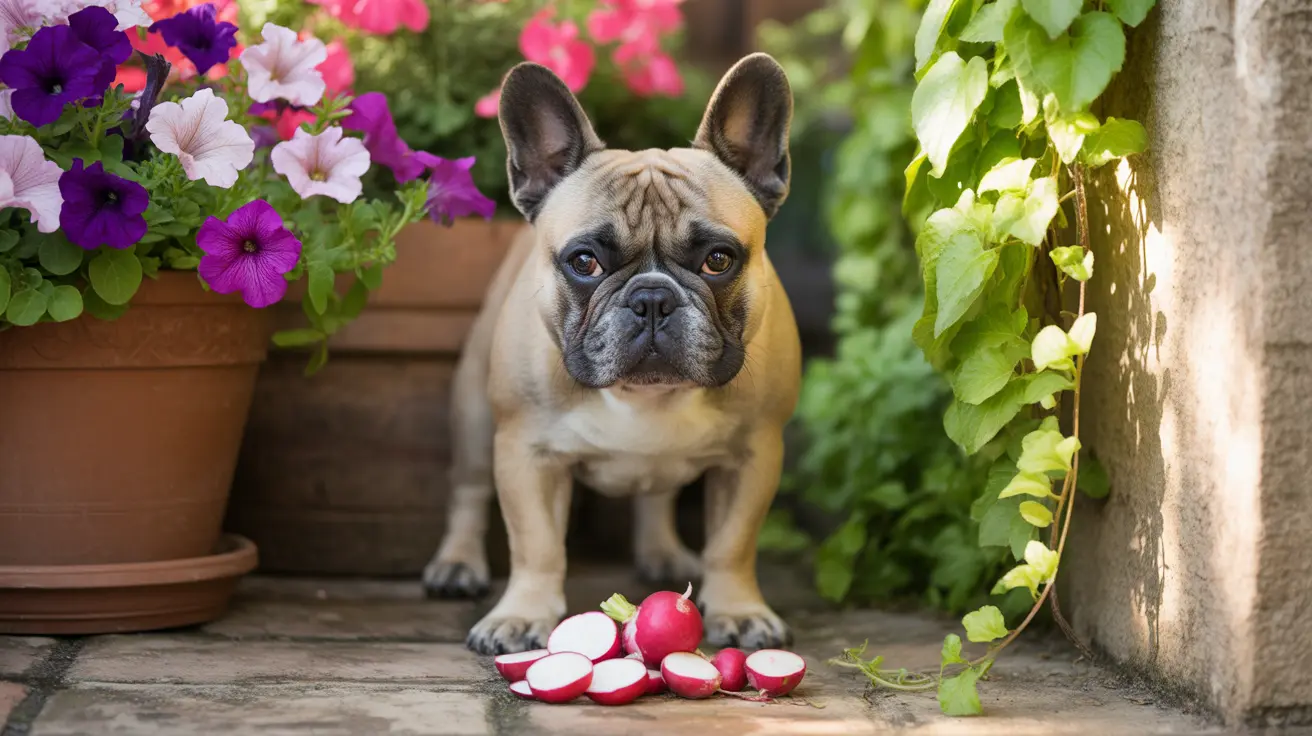Can Dogs Eat Honey Nut Cheerios? What Every Dog Owner Should Know
If you’re eyeing your breakfast bowl and wondering whether your dog can share a handful of Honey Nut Cheerios, you’re not alone. Many pet owners look for convenient treats and sometimes reach for human snacks. But is it safe or healthy for your furry friend?
Understanding Cheerios and Dogs
Cheerios, especially the plain variety, are often used as low-calorie rewards during training sessions. They’re bite-sized, easy to carry, and most dogs find them tasty. However, they don’t offer much in terms of nutrition for dogs. Plain Cheerios are made from processed grains and lack essential nutrients that dogs need to thrive.
When it comes to flavored varieties like Honey Nut Cheerios, things get a bit more complicated. These cereals contain added sugars and almond flavoring, which aren’t ideal for canine consumption.
Risks of Feeding Honey Nut Cheerios to Dogs
- Sugar Content: Honey Nut Cheerios have extra sugar compared to the plain version. Too much sugar can contribute to obesity, dental issues, or even diabetes in dogs.
- Almond Flavoring: While not toxic in small amounts, almond flavoring can be problematic for dogs with nut sensitivities or allergies.
- Lack of Nutrition: Like other cereals, Honey Nut Cheerios don’t provide significant health benefits for dogs.
The good news: eating a few pieces is unlikely to harm a healthy dog. However, making it a habit or offering large amounts could lead to digestive upset (think vomiting or diarrhea), weight gain, or other health problems over time.
Toxic Ingredients to Watch Out For
Certain cereals contain ingredients that are downright dangerous for dogs—chocolate, raisins, macadamia nuts, and artificial sweeteners like xylitol top the list. While Honey Nut Cheerios don’t contain these toxins, their sugar content and flavorings still make them less than ideal.
How Much Is Too Much?
- Treats—including cereals—shouldn’t exceed 10% of your dog’s daily caloric intake.
- For small dogs: just a few pieces suffice.
- For medium or large breeds: a small handful is plenty.
If you decide to give your dog any cereal treat (even plain ones), introduce it gradually and watch for signs of tummy trouble—vomiting, diarrhea, or changes in stool consistency mean it’s time to stop.
Avoid Milk with Cereal Treats
You might be tempted to pour milk over those Cheerios before sharing with your pup—but resist! Many dogs are lactose intolerant. Dairy can trigger stomach upset or diarrhea in sensitive animals.
Special Considerations: Health Conditions & Allergies
- If your dog has grain allergies, pancreatitis, diabetes, or struggles with obesity—skip cereal treats altogether.
- Puppies and dogs with special dietary needs should only try new foods after consulting a veterinarian.
What To Do If Your Dog Eats Too Many Honey Nut Cheerios
- Monitor closely for symptoms: vomiting, diarrhea, lethargy, increased thirst/urination.
- If symptoms appear or persist beyond 24 hours—contact your vet right away.
If you notice any signs of food sensitivity (itching, ear infections), stop feeding the cereal immediately and consult your vet about next steps.
Safer Alternatives to Cereal Treats
- Small pieces of cooked lean meats (chicken or turkey)
- Bite-sized carrots or green beans
- Slices of apple (seeds removed)
- Commercially available dog treats designed for training
These options provide better nutrition without unnecessary sugars or additives found in most breakfast cereals.
The Bottom Line on Honey Nut Cheerios for Dogs
Your dog’s diet should focus on balanced nutrition tailored to their species—not human snacks. While an occasional piece of Honey Nut Cheerios won’t hurt most healthy dogs, it shouldn’t become a habit. Stick with plain Cheerios if you must use cereal as a treat—and always keep portions tiny. When in doubt about any new food item (especially those not made specifically for pets), check with your veterinarian first.
Your pup deserves treats that support their health—not just satisfy their curiosity!





